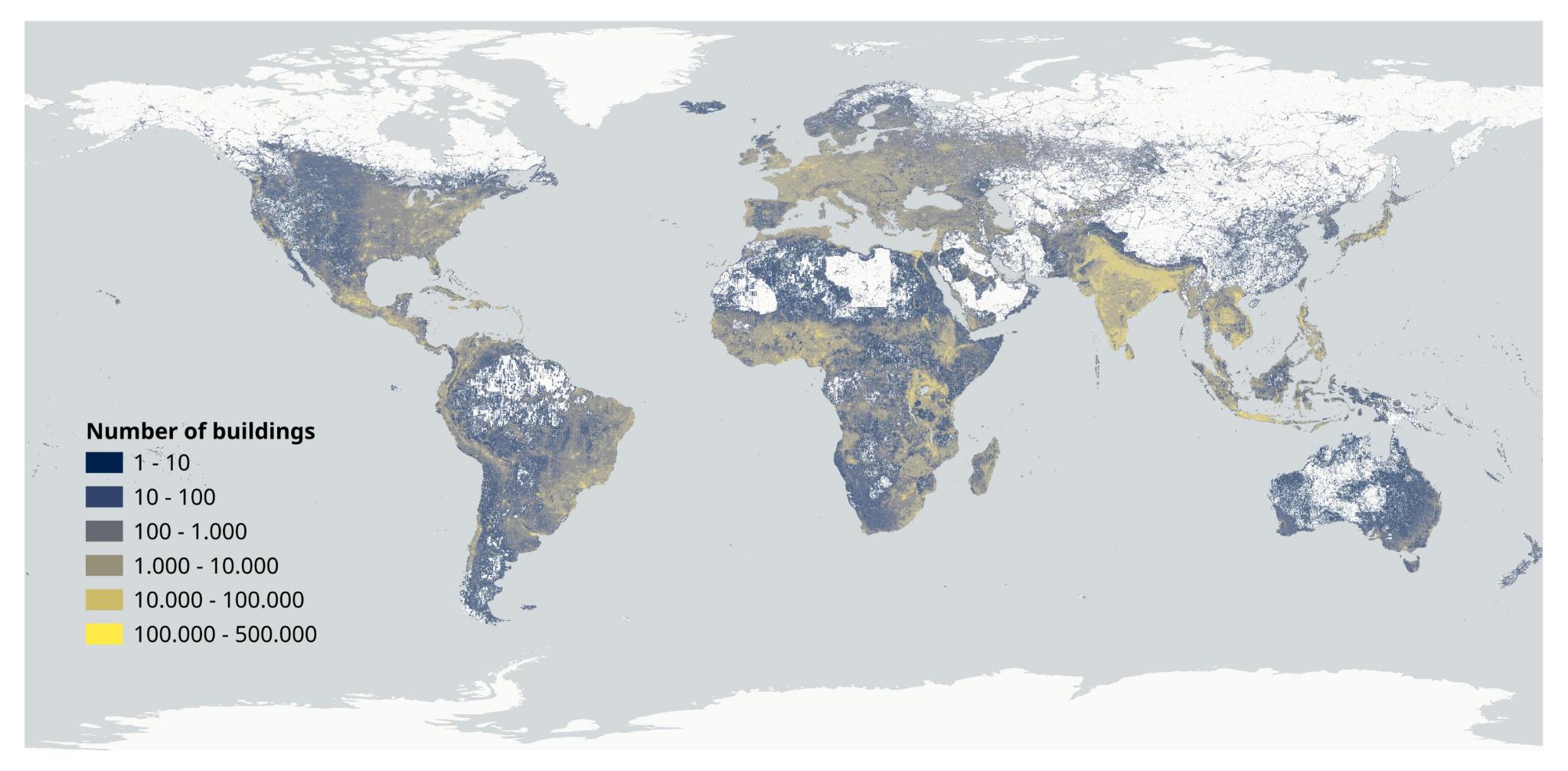Global Dynamic Exposure¶
Origins¶
It is becoming more and more important to monitor risk in the context of natural catastrophes. With growing cities and changes in urban developments, risk is changing in complex ways as it is not scaling with population size but depends on changing building stock, resilience measures, and also city structure. Thus, monitoring of exposure and vulnerability indicators is providing the necessary tool to understand the dynamic nature of risk in urban environments. Because of the immense number and variety of buildings, exposure-, and vulnerability-related data, surveying exposure on the building-bybuilding level cannot be compiled by experts only.
We aim at filling this gap by interpreting and visualizing crowd-sourced (OpenStreetMap) and open geographic data. The objective of the Global Dynamic Exposure project is to provide a high-resolution (on the building-by-building level) and dynamic (low-latency) exposure model for the world. It will build upon the Global Exposure Database for the Global Earthquake Model (GED4GEM) and augment it where crowd-sourced and open data exists in high quality. The exposure and vulnerability indicators are derived from geographic data (e. g. building footprint, land use), building properties (e. g. type of building, occupancy), and semantic interpretation (e. g. regional types of architecture, cultural habits).

Project¶
-
Repository of GDE
Access our open-source repository and explore the latest developments in global exposure modeling. Contribute to the project, review code, and collaborate with researchers.
-
Example of OpenBuildingMap
OpenBuildingMap provides a real-world application of our exposure model, showcasing high-resolution building data. Explore how exposure mapping is used in risk assessment and urban planning.
-
Helmholtz Centre for Geosciences
The GFZ Helmholtz Centre for Geosciences is a leading research institution focused on geoscience innovation. It plays a key role in studying natural hazards, earth processes, and global risk dynamics.
-
GFZ Section 2.6 Seismic Hazard and Risk Dynamics
This research section focuses on understanding urban risk and disaster resilience. It integrates geospatial analysis, exposure data, and scientific modeling to improve risk assessment.
Funding¶
This work has received funding from the European Union thought the Geo-INQUIRE project (GA 101058518) and the HuT project (GA 101073957), within the Research Infrastructures Programme of Horizon Europe, and the LDT Toolbox EU project.